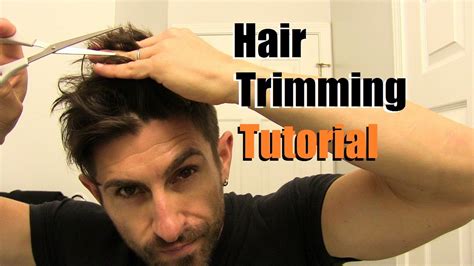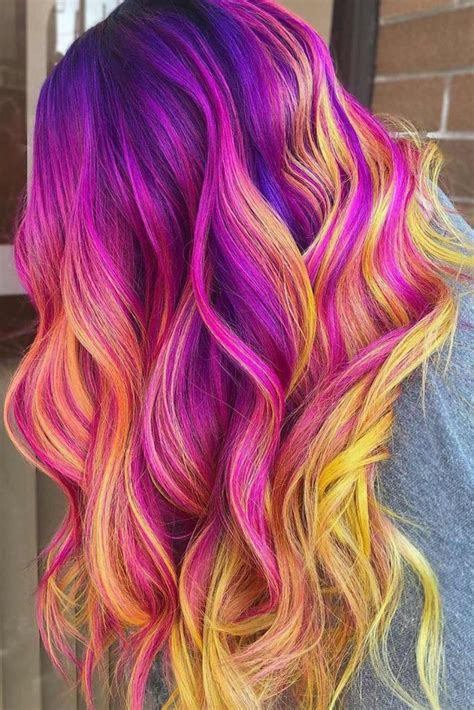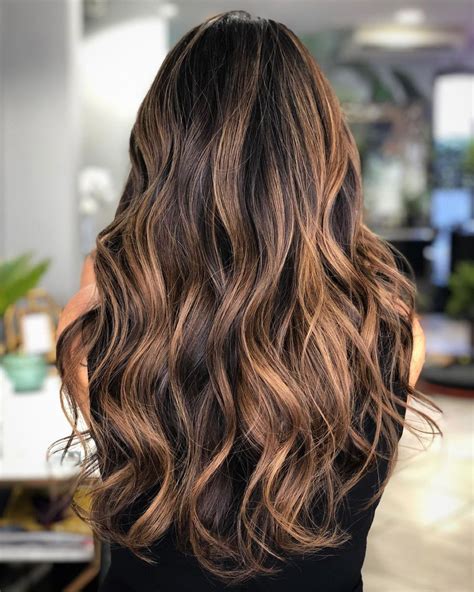Discover the importance of hair growth cycles, factors affecting trimming frequency, and tips for maintaining healthy hair between regular haircuts for different hair types.
Understanding Hair Growth Cycles
Contents
Hair growth is a natural process that occurs in cycles. In fact, hair goes through three main phases: the anagen, catagen, and telogen phases. The anagen phase is the growth phase, during which the hair follicle is actively producing new hair. This phase can last anywhere from two to six years, depending on genetics, age, and overall health. After the anagen phase, the hair enters the catagen phase, a transitional phase that lasts about two weeks. The hair stops growing and detaches from the blood supply, preparing to shed. Finally, the hair enters the telogen phase, also known as the resting phase, which lasts around three months. During this time, the old hair falls out to make room for new hair growth.
Understanding these hair growth cycles is crucial in determining how often you should cut your hair. For instance, if you’re in the anagen phase, your hair is actively growing, so you may not need to trim it as frequently. However, if your hair is in the telogen phase, you may notice more shedding, which could indicate that it’s time for a trim. By understanding the stages of the hair growth cycle, you can better gauge when it’s necessary to visit the salon for a cut.
Factors such as age, genetics, and overall health can also affect the duration of each hair growth phase. Younger individuals typically have a longer anagen phase, which means their hair grows more quickly and may require more frequent trims. On the other hand, older individuals may experience a shorter anagen phase, leading to slower hair growth and less frequent trims. Genetics and overall health also play a role in the duration of the hair growth cycle. Certain genetic factors and health conditions can alter the length of each phase, affecting the overall rate of hair growth.
It’s important to note that while hair growth cycles provide insight into how often you should cut your hair, it’s not the only factor to consider. Hair type, length, and style also play a significant role in determining trimming frequency. For example, individuals with shorter hair may need trims more frequently to maintain their style, while those with longer hair may be able to go longer between cuts. Additionally, certain hair types, such as curly or coarse hair, may require more frequent trims to prevent split ends and maintain healthy hair.
Overall, understanding hair growth cycles is essential in determining the optimal frequency for haircuts. By recognizing the stages of the hair growth cycle, considering individual factors such as age and genetics, and acknowledging the impact of hair type and style, you can develop a tailored trimming schedule that promotes healthy, beautiful hair.
Factors Affecting Trimming Frequency
When it comes to trimming your hair, there are several factors that can affect how often you need to get a haircut. One of the main factors is hair type. Different hair types have different growth rates, so the frequency of trims will vary depending on whether you have straight, curly, or textured hair.
Another important factor is the desired style. If you’re trying to maintain a specific hairstyle, you may need more frequent trims to keep your hair looking neat and tidy. On the other hand, if you prefer a more low-maintenance look, you might be able to go longer between haircuts.
Hair length is also a key factor. Short hair typically requires more frequent trims to maintain its shape, while longer hair can go a little longer between cuts. Additionally, the health of your hair plays a role in how often you need to trim it. If your hair is prone to split ends or breakage, you may need to trim more frequently to keep it looking healthy.
Finally, lifestyle can affect trimming frequency. If you’re regularly exposed to harsh environmental factors, like sun, wind, or chlorine, your hair may need more frequent trims to keep it looking its best. On the other hand, if you’re able to protect your hair from damage, you may be able to space out your trims a bit more.
Importance of Regular Haircuts
Importance of Regular Haircuts
Regular haircuts are essential for maintaining the health and appearance of your hair. Keeping your hair trimmed promotes healthy hair growth, prevents split ends, and reduces breakage. By getting rid of the damaged ends, you can keep your hair looking fresh and vibrant. This is especially important for preventing the spread of damage to the rest of your hair.
Additionally, regular haircuts can also help to maintain your hairstyle’s shape and style. Over time, hair can become unruly and lose its shape, making it difficult to manage. Getting regular trims ensures that your hairstyle stays intact and that your hair looks its best at all times.
Furthermore, trims can also help to ensure that your hair remains strong and healthy. Regular haircuts prevent the hair from becoming weighed down and limp, which can happen if the ends are left to grow out. By keeping the ends trimmed, the hair retains its volume and vitality, making it easier to style and manage.
Finally, getting regular haircuts is important for overall hair maintenance. It’s a simple way to keep your hair looking its best and to prevent the need for extensive repairs in the future. By staying on top of your haircuts, you can ensure that your hair remains healthy and beautiful.
Recommended Frequency for Different Hair Types
Recommended Frequency for Different Hair Types
When it comes to getting a haircut, the recommended frequency can vary depending on your hair type. Understanding your hair type can help you determine how often you should trim your hair to keep it healthy and looking its best.
For people with fine hair, it is recommended to get a trim every 6-8 weeks. Fine hair tends to show split ends and breakage more easily, so regular trims can help prevent further damage and promote healthy growth. It’s important to stay on top of regular trims to keep fine hair looking full and voluminous.
Thick hair on the other hand, can typically go a bit longer between trims. For those with thick hair, it’s recommended to schedule a trim every 10-12 weeks. Thick hair is less prone to split ends and breakage, so it can withstand longer periods between trims without sacrificing health or appearance.
If you have curly or coily hair, it’s important to be mindful of the shape and style of your curls. Curly hair tends to bounce back more effectively than straight hair, so it is recommended to trim curly hair every 8-12 weeks to maintain shape and prevent frizz. Coily hair, which has a tighter curl pattern, benefits from a trim every 12-16 weeks to maintain length and shape without sacrificing volume.
In addition to these general guidelines, it’s important to pay attention to the condition of your hair and adjust your trimming frequency as needed. Regular trims can help prevent split ends and breakage, promote healthy growth, and keep your hair looking its best, regardless of your hair type.
Tips for Maintaining Healthy Hair between Trims
One of the most effective ways to maintain healthy hair between trims is to use deep conditioning treatments regularly. Applying a deep conditioner once a week can help to replenish moisture, nourish the hair, and improve overall hair health. Look for a deep conditioning treatment that is suitable for your hair type, whether it’s dry, oily, or damaged.
Another important tip for maintaining healthy hair between trims is to minimize heat styling. Excessive use of hot tools like flat irons, curling irons, and blow dryers can cause damage to the hair cuticle and lead to dry, brittle hair. Whenever possible, allow your hair to air dry and use heat protectant products when heat styling is necessary.
Protecting your hair from environmental damage is also crucial for maintaining healthy hair between trims. UV rays, pollution, and harsh weather conditions can all take a toll on your hair. Consider using products that contain UV filters to shield your hair from sun damage, and try wearing a hat or scarf to protect your hair from pollutants and harsh winds.
Furthermore, adopting a healthy diet can have a significant impact on the health of your hair. Consuming foods that are rich in vitamins, minerals, and essential fatty acids can help to promote strong, shiny hair. Incorporate foods like salmon, avocados, nuts, and leafy greens into your diet to support healthy hair growth and overall hair health.











